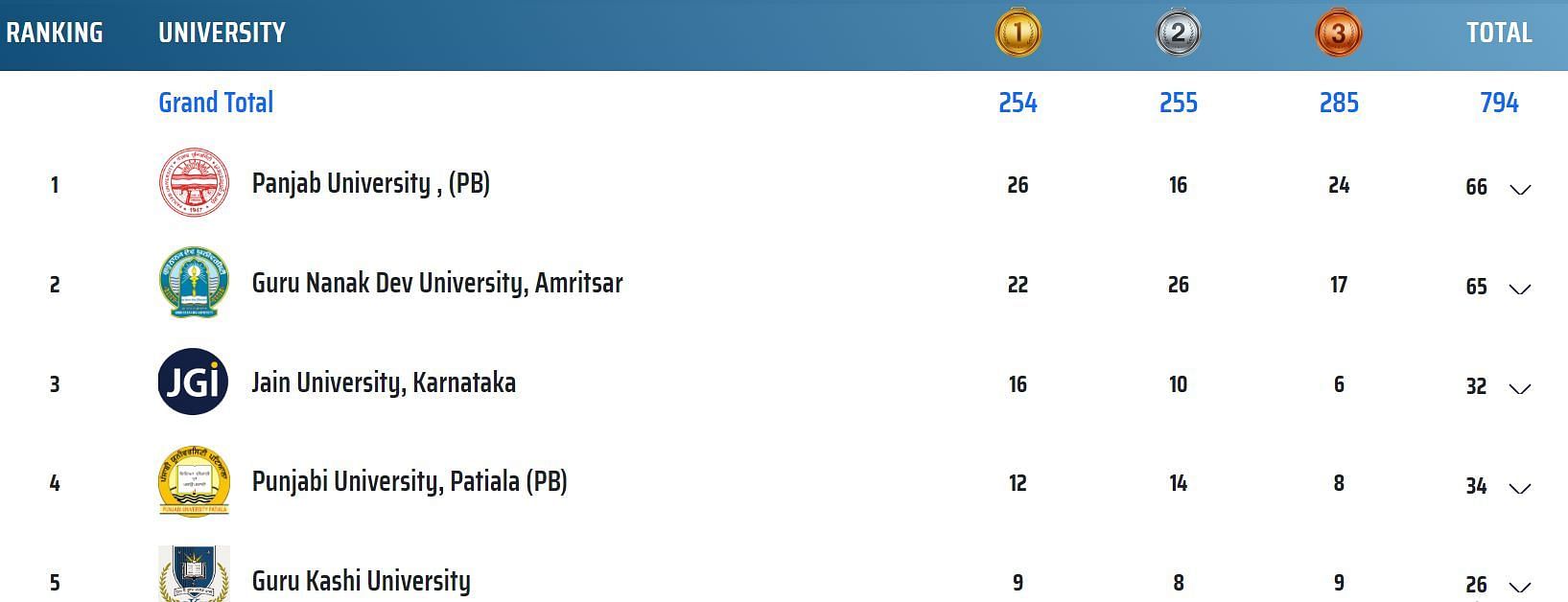In these times, double down — on your skills, on your knowledge, on you. Join us August 8-10 at Inman Connect Las Vegas to lean into the shift and learn from the best. Get your ticket now for the best price.
Mortgage lenders who use automated valuation models (AVMs) to speed loan processing and cut costs could soon be required to implement quality control standards that might include proving that their use of AVMs doesn’t violate fair lending laws.
Acting at the direction of lawmakers, six federal agencies published a proposed rule Thursday aimed at safeguarding the “credibility and integrity” of valuation models used in real estate.
The proposed standards, including random sample testing and reviews, “are designed to ensure a high level of confidence in the estimates produced by AVMs” and protect against data manipulation, conflicts of interest and violations of fair lending laws, regulators said in their request for comment.
“AVMs are used as part of the real estate valuation process, driven in part by advances in database and modeling technology and the availability of larger property datasets,” the agencies said in a joint press release. “While advances in AVM technology and data availability have the potential to contribute to lower costs and reduce loan cycle times, it is important that institutions using AVMs take appropriate steps to ensure the credibility and integrity of their valuations.”
The proposed quality control standards for AVMs would also apply to Fannie Mae and Freddie Mac, which have fully embraced the use of AVMs to approve some homebuyers for loans without an appraisal. Lenders who rely on Fannie and Freddie’s automated evaluations wouldn’t be subject to the new standards.
The rule would only apply to mortgage originators making credit decisions, servicers making loan modification decisions and secondary market issuers like Fannie Mae and Freddie Mac who use AVMs to value homes that serve as collateral.
Other uses of AVMs such as for portfolio monitoring, “do not involve making a determination of collateral value, and thus are not within the scope of the proposed rule,” the agencies said.
The standards would not apply to the use of AVMs to generate an appraisal by a certified or licensed appraiser or to reviews of already completed valuations.
The Federal Reserve Board and five other agencies are inviting comments on the proposed standards for 60 days. Those subject to them will have at least 12 months to implement a final rule once it’s published.
Some of the dozens of questions regulators are seeking guidance on before publishing a final rule relate to finer points. But a proposal to make nondiscrimination a quality control factor is expected to generate continued debate.
Regulators allowing flexible approach
Because regulators aren’t planning to specify how institutions must structure their AVM quality control policies and practices, they say those who will be subject to the rule can be flexible in their approach. Ultimately, regulators expect the approach to AVM quality control will vary according to the size of the institution and the risk and complexity of transactions for which AVMs are used.
“The agencies considered whether to propose more prescriptive requirements for the use of AVMs and decided not to do so,” regulators said requesting comment on the proposed rule. “Different policies, practices, procedures, and control systems may be appropriate for institutions with different business models and risk profiles, and a more prescriptive rule could unduly restrict institutions’ efforts to set their risk management practices accordingly.”
As is often the case with technology, smaller companies may have a harder time than their larger competitors in implementing the AVM quality control rule once it’s finalized.
One of the regulators involved in drafting the proposed rule, the Federal Deposit Insurance Corp. (FDIC), estimates that close to 2,300 small institutions it supervises might be subject to the rule, although experts believe only about 10 percent of all FDIC-supervised institutions use AVMs for mortgage originations, loan modifications or securitization decisions.
Another regulator that supervises national banks and federal savings associations, the Office of the Comptroller of the Currency (OCC), estimates that about 600 of the small banks it supervises would be affected. The OCC estimates that it would cost small banks about $21,600 a year to comply with the rule.
Nondiscrimination as a quality control factor
Tighter oversight of AVMs was mandated by the Dodd-Frank Wall Street Reform and Consumer Protection Act of 2010, so the new standards have been in the works for years.
The Consumer Financial Protection Bureau (CFPB) last year convened an advisory panel to collect feedback from small businesses on quality control standards for AVMs. Many said they’d need more than 12 months to get ready to implement stricter quality control standards — particularly if they have to prove their AVMs don’t discriminate.
Small businesses told the CFPB that “it is impractical for them to assess AVM fair lending performance because they are not equipped to validate the algorithms that AVM providers utilize,” the bureau said in a May 2022 report summarizing the panel’s findings. As small institutions, some businesses complained that “they do not have the staff, the data, or the scale to assess AVM model results meaningfully,” and suggested that regulators focus on AVM providers instead.
In passing the Dodd-Frank Act, lawmakers directed regulators to require that AVMs meet quality control standards designed to:
- Ensure a high level of confidence in the estimates produced by AVMs
- Protect against the manipulation of data
- Avoid conflicts of interest
- Require random sample testing
Congress also gave the agencies the authority to “account for any other such factor” they “determine to be appropriate” for qualify control. On that basis, the proposed rule would require lenders using AVMs to make credit decisions to adopt quality control standards that ensure they’re complying with laws that prohibit discriminatory lending.
“While existing nondiscrimination law applies to an institution’s use of AVMs, the agencies propose to include a fifth quality control factor relating to nondiscrimination to heighten awareness among lenders of the applicability of nondiscrimination laws to AVMs,” regulators said of the proposed rule.
But regulators are open to further discussion on the subject, inviting feedback on questions including:
- What are the advantages and disadvantages of specifying a fifth quality control factor on nondiscrimination?
- What, if any, alternative approaches should the agencies consider?
Richard Jones, President and CEO of Minnesota-based Randall State Bank, told the CFPB last year that it’s “important that AVMs adhere to specific quality control standards and rely on data that does not result in inadvertent discrimination based on race, gender, or ethnicity.”
But “requiring lending institutions, particularly smaller entities like my own, to assess and evaluate the models for potential fair lending concerns, prior to their use, would be unreasonable, redundant, and extremely costly,” Jones warned.
With lending institutions already subject to the Equal Credit Opportunity Act (ECOA) and the Fair Housing Act, Jones said “the prospect of additional fair lending requirements applicable to AVM evaluation would be especially redundant and onerous, likely resulting in more community banks electing not to use AVMs or exiting the mortgage business altogether.”
While tighter regulation of AVMs could generate additional costs, those costs might ultimately be outweighed by the savings that could be generated by reduced workloads and faster approvals.
Joanne Todd, president of the Manchester, Connecticut-based Northeast Family Federal Credit Union, told the CFPB that the bank might expand its use of AVMs if the new standards achieve their objectives without sending costs through the roof.
“AVMs provide reasonable assurance of the value of the collateral and we use them on loans where we can absorb some risk of a valuation variance. For these reasons, we look forward to continued use of AVMs,” Todd said last year in a statement to the CFPB. “If the proposed quality control standards improve the reliability and accuracy of the valuation while maintaining the low cost and speed, we welcome improvements and may expand our use of AVMs as we may be more confident in the valuation. Currently, we limit AVM use to mortgages below $200,000 and less than 80 percent [loan-to-value ratio].”
Get Inman’s Mortgage Brief Newsletter delivered right to your inbox. A weekly roundup of all the biggest news in the world of mortgages and closings delivered every Wednesday. Click here to subscribe.
Email Matt Carter
















